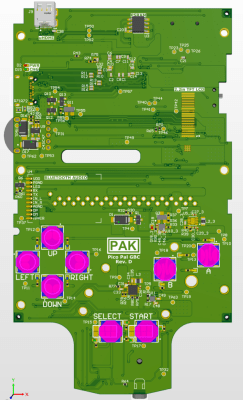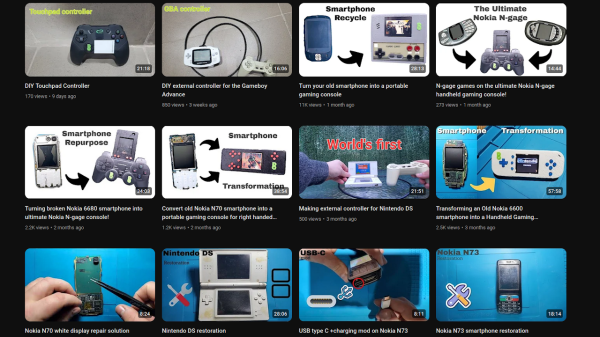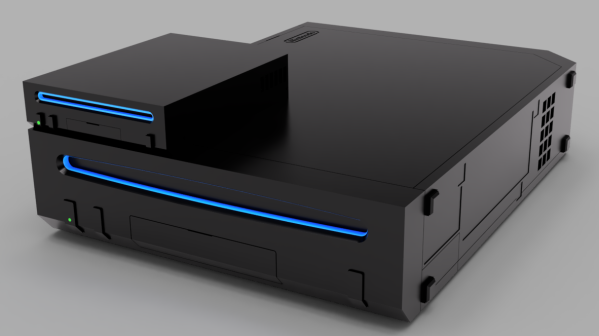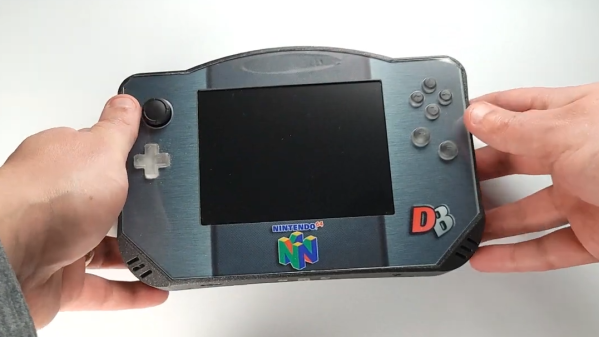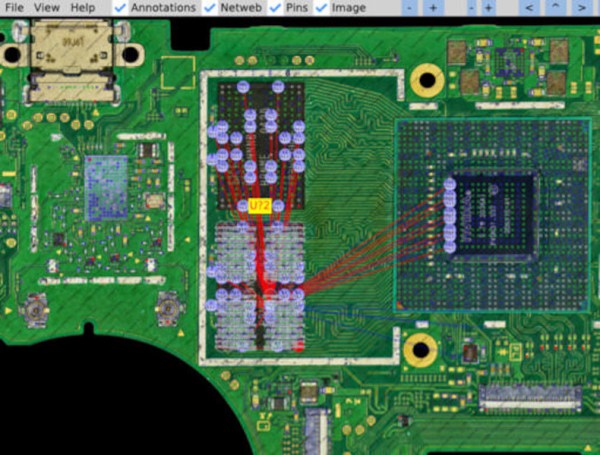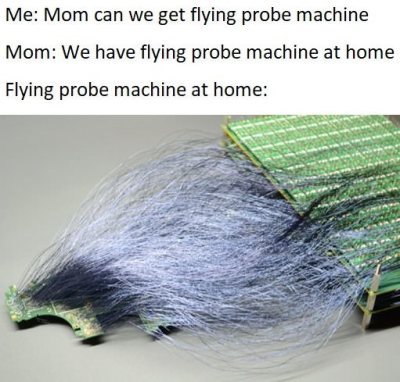The Family BASIC keyboard was a peripheral that was built for programming on the Nintendo Family Computer, or Famicom. As [Linus Åkesson] demonstrates, though, it can do so much more. Meet the Family Bass.
The core of the project is a special adapter which [Linus] created to work with the Family BASIC keyboard. Traditionally, the keyboard plugs into the Famicom’s expansion port, but [Linus] wanted to hook it up to the controller port on a Nintendo Entertainment System instead. Getting them to talk was achieved with an ATtiny85 which could cycle through the 72-key matrix in the keyboard and spit out a serial stream of data the controller port could understand.
On the NES end, the console is set up to run custom code from [Linus] that lets him play the internal sound chip’s triangle wave with the keyboard. He demonstrates this ably in a video where he performs a song called Platform Hopping along with some of his other retro computer instruments.
We’ve seen [Linus] build some other great instruments in the past too, which are both creative and nostalgic. Video after the break.



